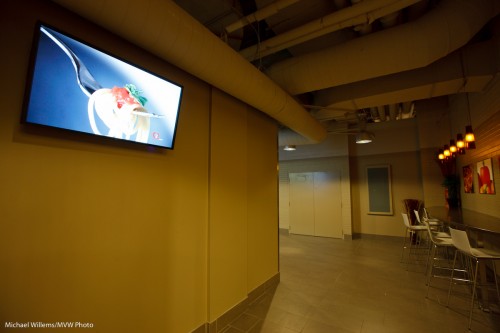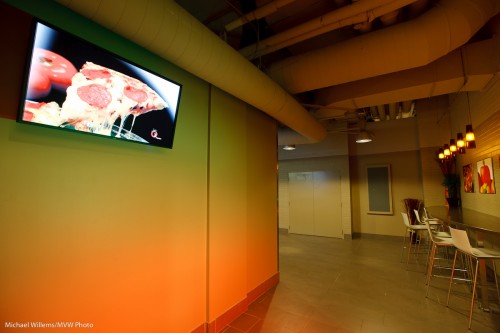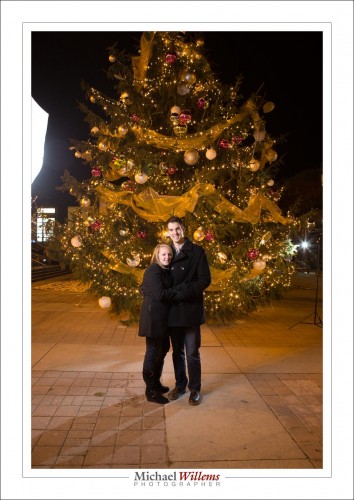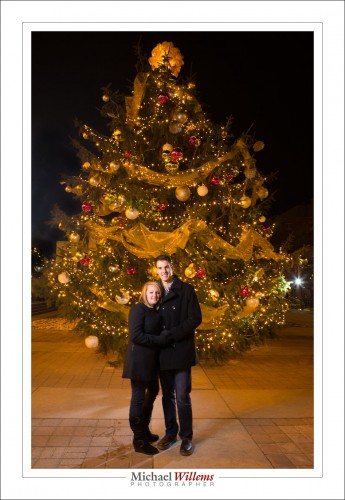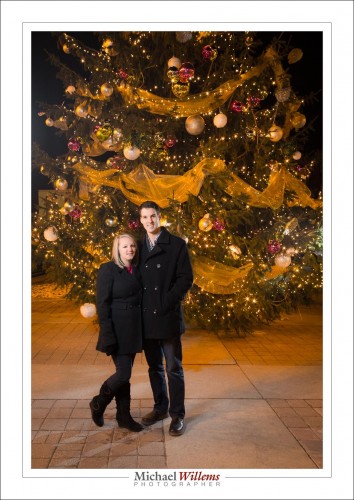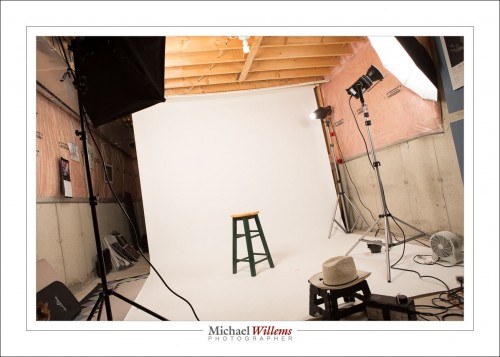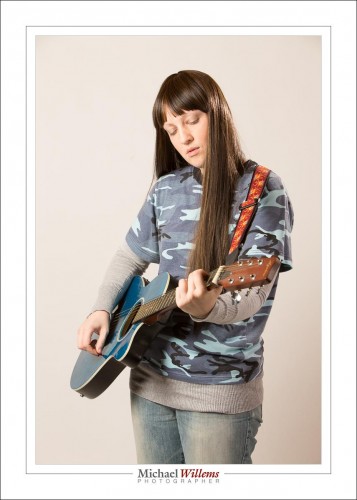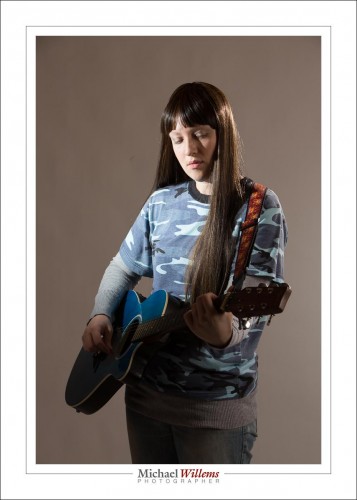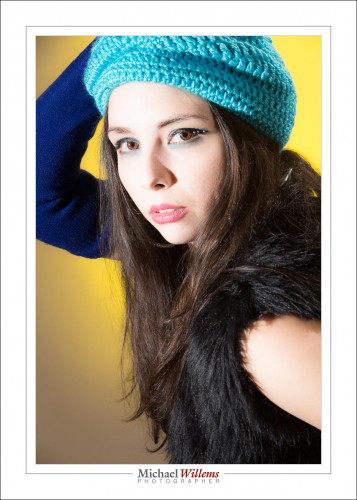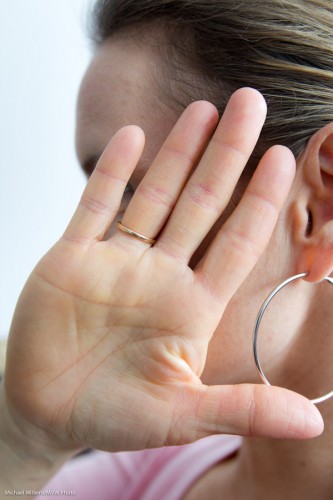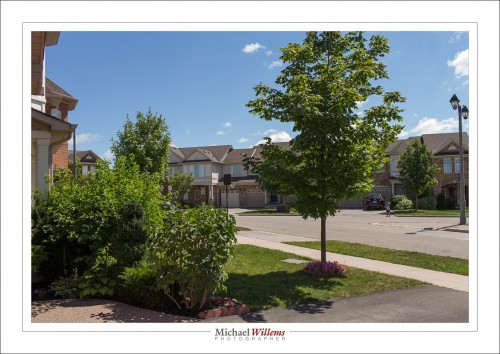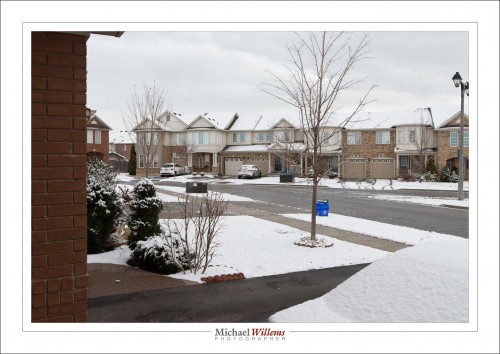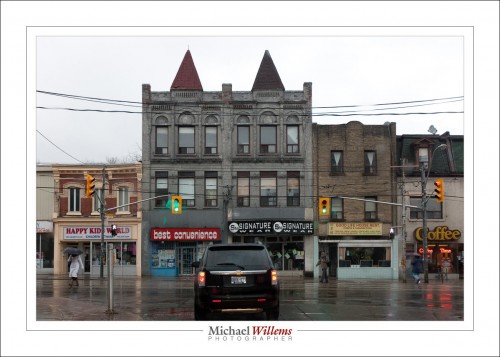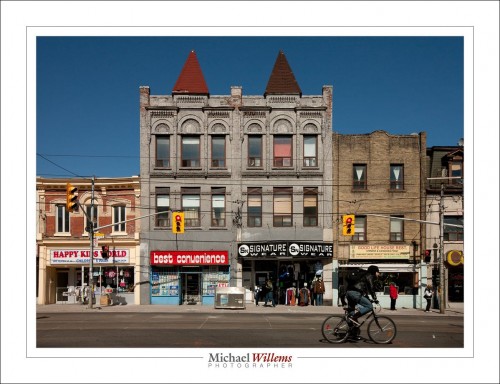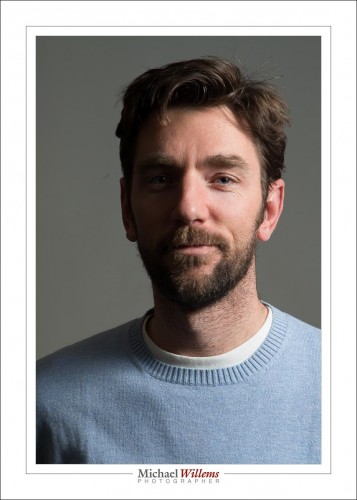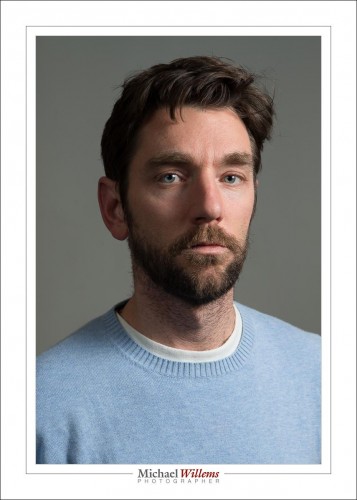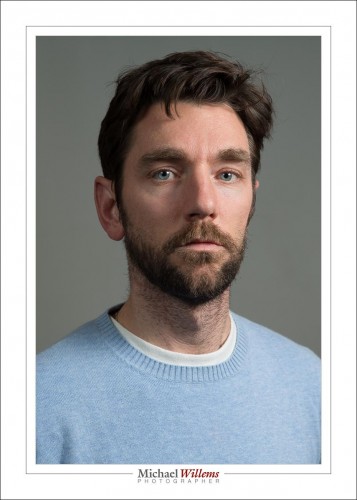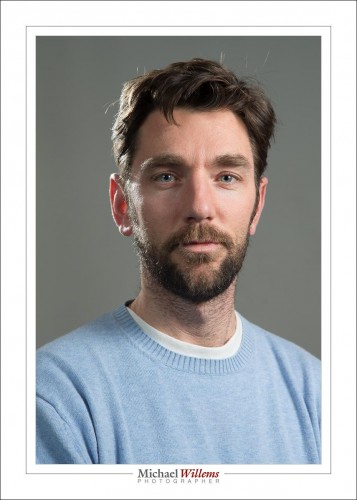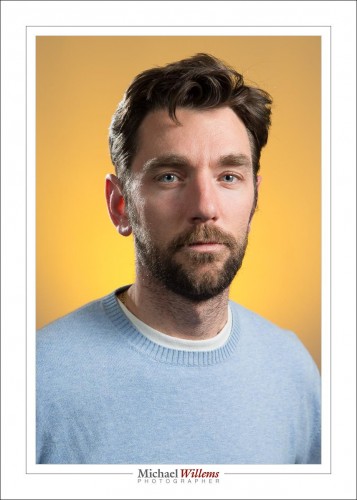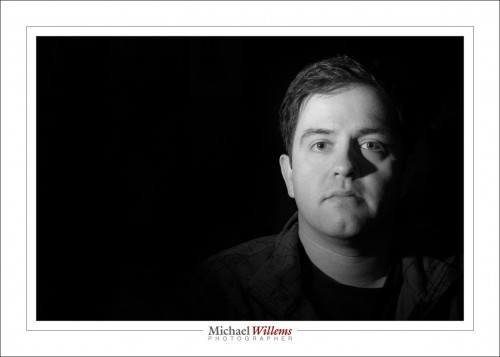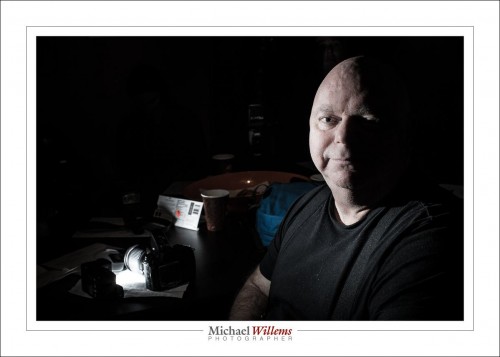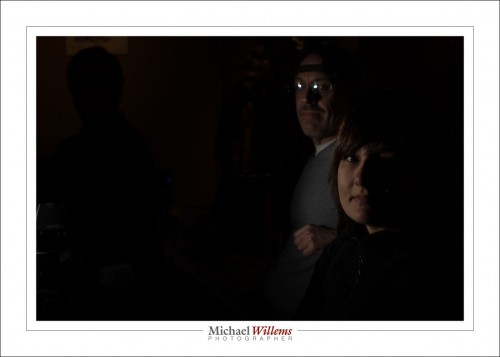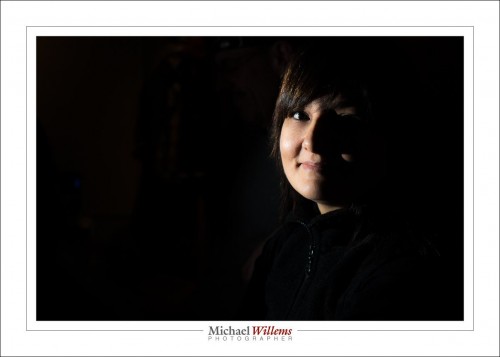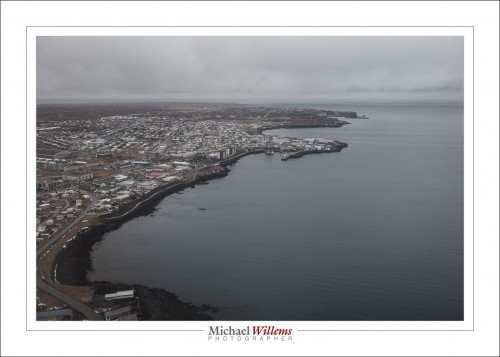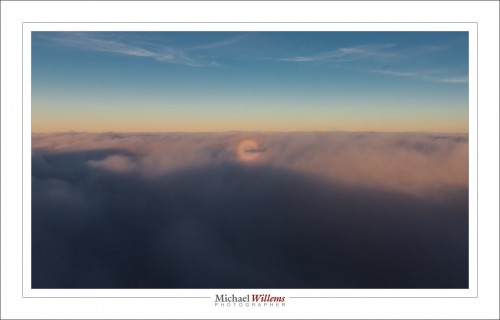A repost of an article from exactly three years ago, because someone asked “Michael, what do you mean, you would have added more flashes”. Sometimes, you do this for cool colour. Here’s that previous article:
Further to Thursday’s post, I thought I would brighten your day with some more colour.
You see, sometimes you need to shoot things that are a bit, well, drab. Like this wall – the screen is great but the wall is a bit dull:
So then, as you also saw two days ago, I shot it again, this time with two speedlites:
How was this rainbow effect achieved?
- Two 430EX flashes were fired using TTL, by means of a 580EX on my 1D MkIII.
- They were aimed at the wall, one above the other, aimed in the same direction (good idea from my assistant!).
- They were fitted with Honl speedstraps and with a Honl gel each: red for the bottom flash, green for the top one. No other modifiers: other than the gels, they were bare.
- The ratio between red and green was set on the back of the 580EX until I was happy.
That was simple, and I think you will agree it’s a better shot.

